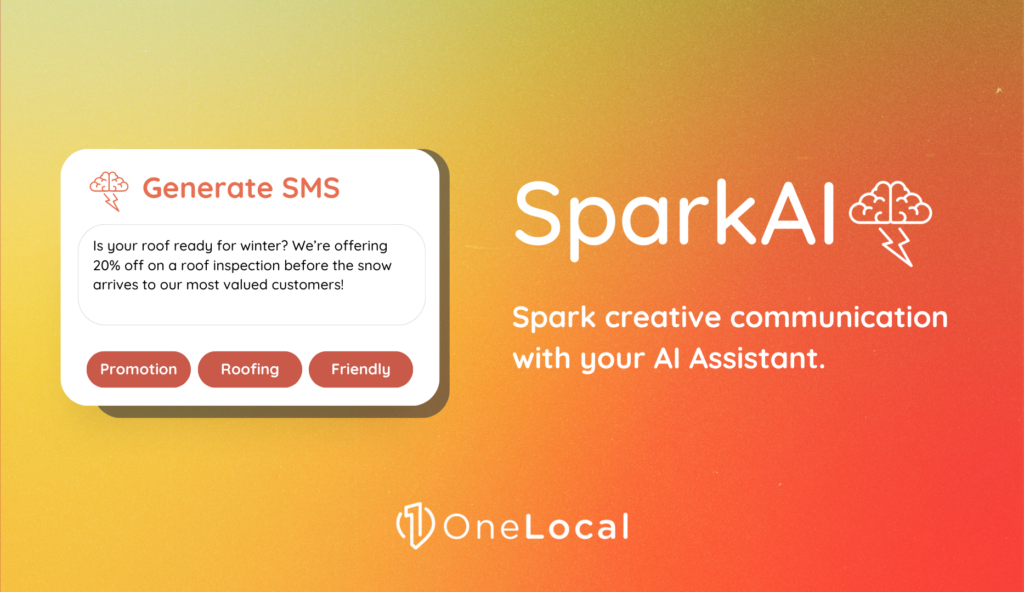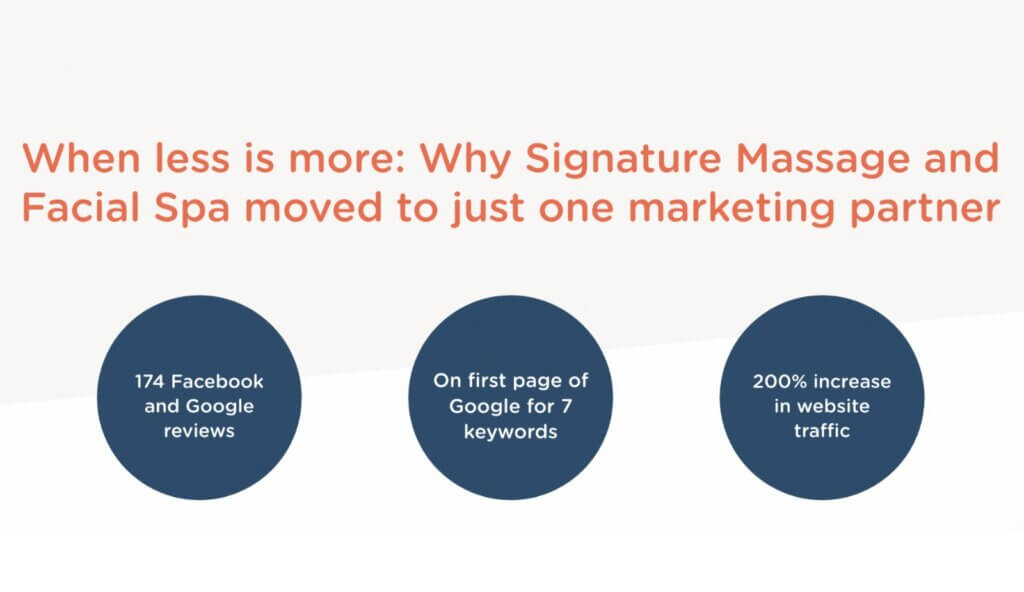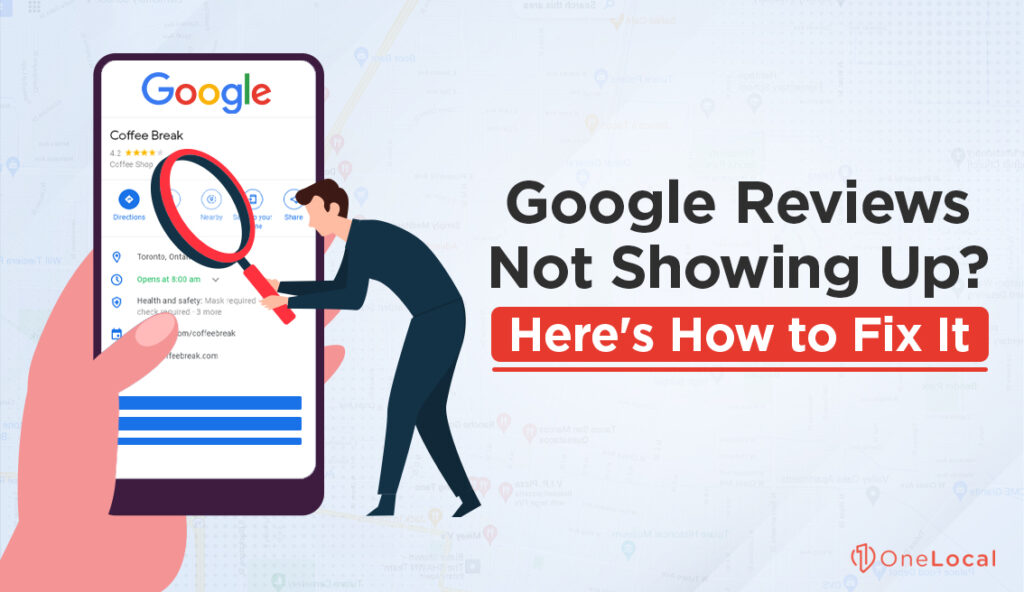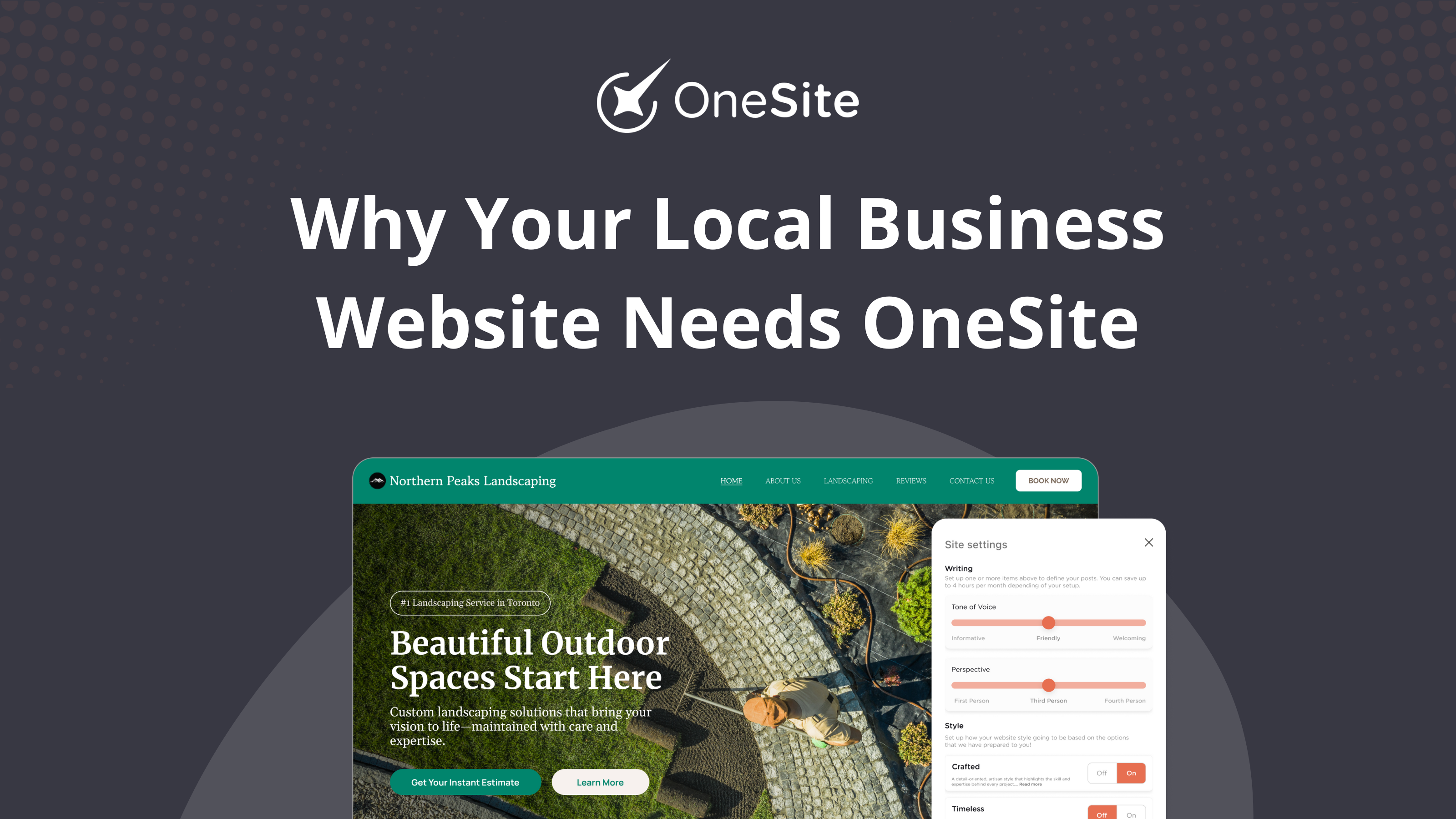Your business can get a lot out of having OneLocal set up your customer referral program. Our best-in-class features make it easy for businesses to create a profitable referral program, whether it’s through email, SMS, social media, or in-store signage.
The Top 4 Benefits of a Customized Customer Referral Program
Acquire new customers at a lower cost
1. One of the main benefits of using OneLocal to set up your customer referral program is it can help you acquire new customers at a lower cost than traditional marketing methods. A study from the Wharton School of Business found that referred customers are 16% more valuable than non-referred customers throughout their lifetime. This is because referred customers are more likely to buy than those who are only exposed to traditional marketing. By using OneLocal to create and manage your referral program, you can take advantage of the power of word-of-mouth marketing and reach a new audience without spending a lot of money.
Retain customers and boost loyalty
2. Setting up your referral program with OneLocal has another benefit: it can help you keep the customers you already have. When customers feel they are being rewarded for their loyalty, they are more likely to continue doing business with your company. This can lead to increased customer lifetime value, which is the total amount of money a customer spends with your business throughout their relationship. By using OneLocal to set up a referral program offering incentives to your customers, you can encourage them to continue doing business with you and boost your bottom line.
Build trust and credibility
3. Using OneLocal to set up your customer referral program can also help you build trust and credibility. When customers tell their friends and family about your business, it will show you can be trusted and your products or services are of high quality. This can help attract even more customers and further improve your business’s reputation. By using OneLocal to manage your referral program, you can make it easy for customers to refer others and see the benefits of doing so, which can help drive even more referrals.
Track and manage your referrals
4. Our dashboard makes it easy for small businesses to create and manage a customer referral program. The platform enables businesses to view customer interactions in real-time. You’ll be able to keep track of and analyze your referral program’s performance and even see when your customers refer their friends or family members. This can help businesses see what is and isn’t working and make any necessary adjustments to improve the program’s effectiveness.

Customize your program
5. OneLocal not only gives businesses a variety of ways to reach out to customers, but it also gives them a number of customizable incentives they can use in their customer referral programs. This can help businesses find a good balance between giving their customers what they want and making enough money to stay in business. By using OneLocal to set up your referral program, you can create a program tailored to your specific needs and goals and designed to drive results.
Having OneLocal set up your customer referral program can help your business in many ways. Using the best-in-class features of OneLocal, you can easily create and manage a referral program that helps you get new customers at a lower cost, keep your current customers, and improve your reputation. Whether it’s through SMS messaging, their website, Google Business Profile, or social media,, OneLocal provides a range of options for businesses to reach out to their customers and encourage them to refer others. By using the incentives and templates that can be changed on OneLocal, businesses can create a referral program to fit their needs and goals.
Want to learn more about a customer referral program and how to effectively create, manage, and track your referrals? Request a 1:1 personalized demo with one of our marketing specialists.

Rachel Solway is a seasoned marketing professional dedicated to empowering small businesses through innovative marketing strategies. With extensive experience at OneLocal, a leading marketing solutions provider, Rachel’s insights are helping thousands of local businesses navigate the digital landscape.







